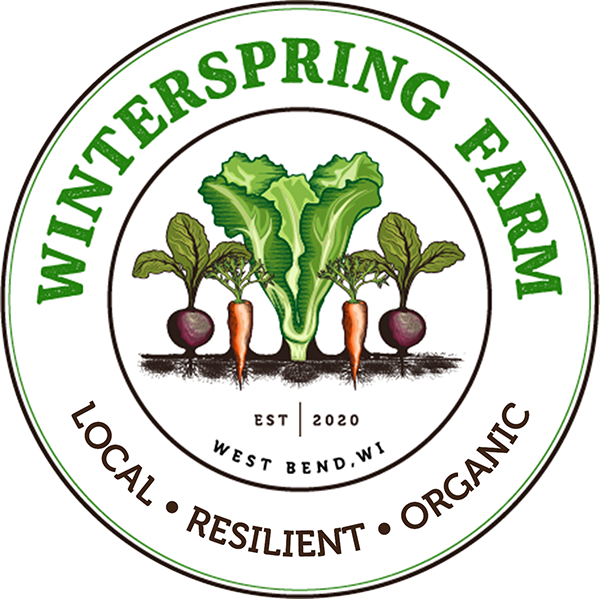Fennel
Culinary Use, Storage, & Benefits
Vegetable Profile: Fennel (Foeniculum vulgare var. dulse)
Description
Fennel, a member of the carrot or Apiacae family, has many edible parts: the bulb, stalk, lace-y leaves, and seeds are all used. It's native to the Mediterranean, and serves as a beautiful, flavorful staple on our farm in the cooler months. It has a sweet and spicy flavor with some bitter undertones. Some compare its flavor to licorice, but I don't feel that does it justice – each part of the plant has a slightly different flavor. You'll have to try it yourself to see what it's truly all about.
Nutrition
Fennel is a warming plant that tonifies essential organs like the kidneys, bladder, liver, spleen, and stomach. The whole plant carries these actions, but the most potent use for medicine comes from the seeds. The seeds can also help with indigestion, gas, hypertension, and mucus build up. It has been noted as a supportive food for breastfeeding. It also contains the antioxidant quercetin, which has anticarcinogenic properties.
Storage
Fennel leaves are delicate and wilt when left out. Keep those in a watertight container in the fridge for up to 3-4 days.
Fennel bulbs and stalks are a bit more sturdy - they will last in the crisper drawer for 4-5 days.
Seeds can be dried and stored in your spice rack!
Use
Popular uses for fennel include pickles, sausage, vinegar, and even apple pie! You can also use it in place of celery, it can be served in salads, braised, sauteed, baked, broiled, or grilled!
Sources:
The New Whole Foods Encyclopedia by Rebecca Wood
Asparagus to Zucchini by Fairshare Coalition
Produce: A fruit and vegetable lover's guide by Bruce Beck
Our own experience!

